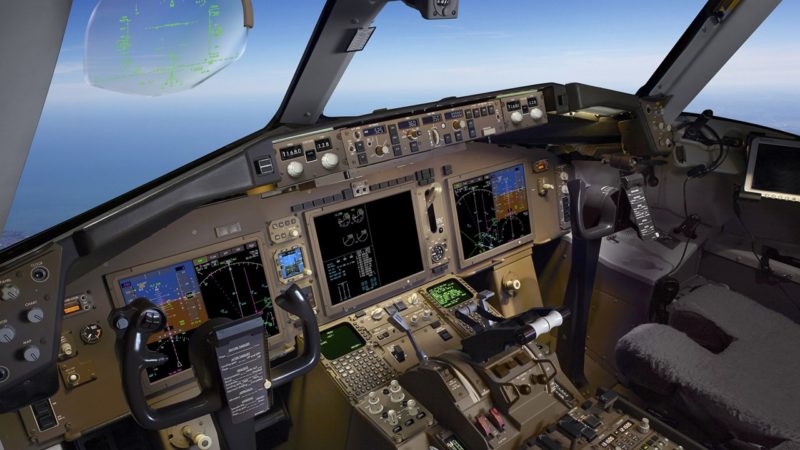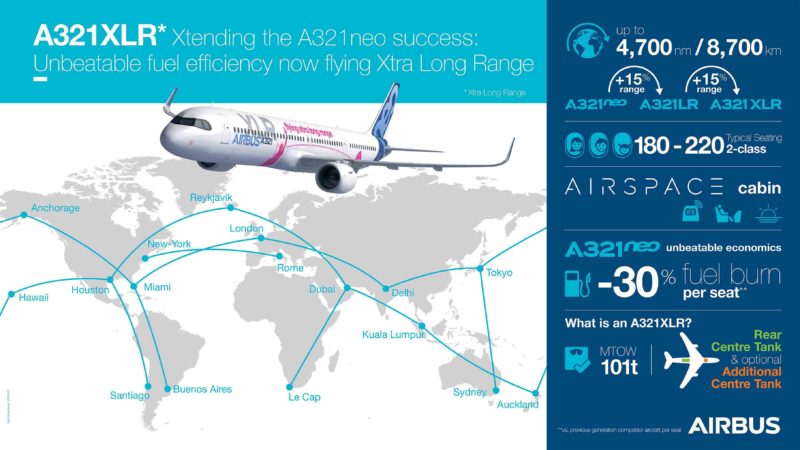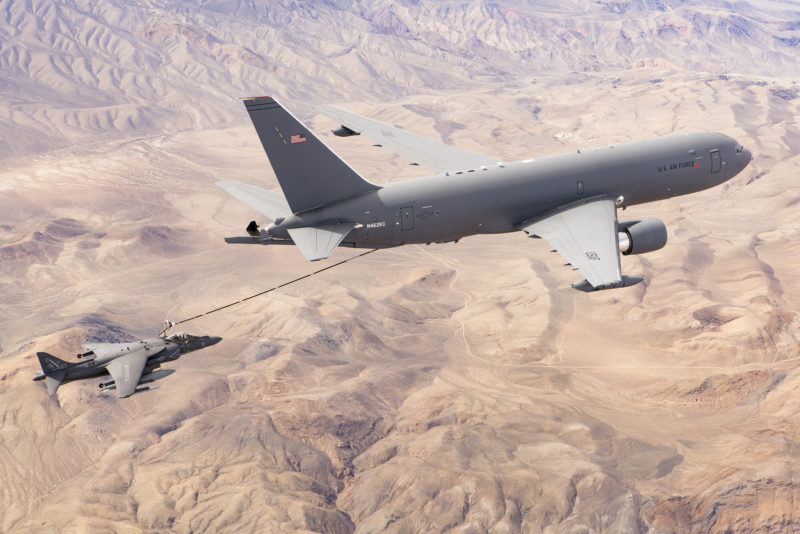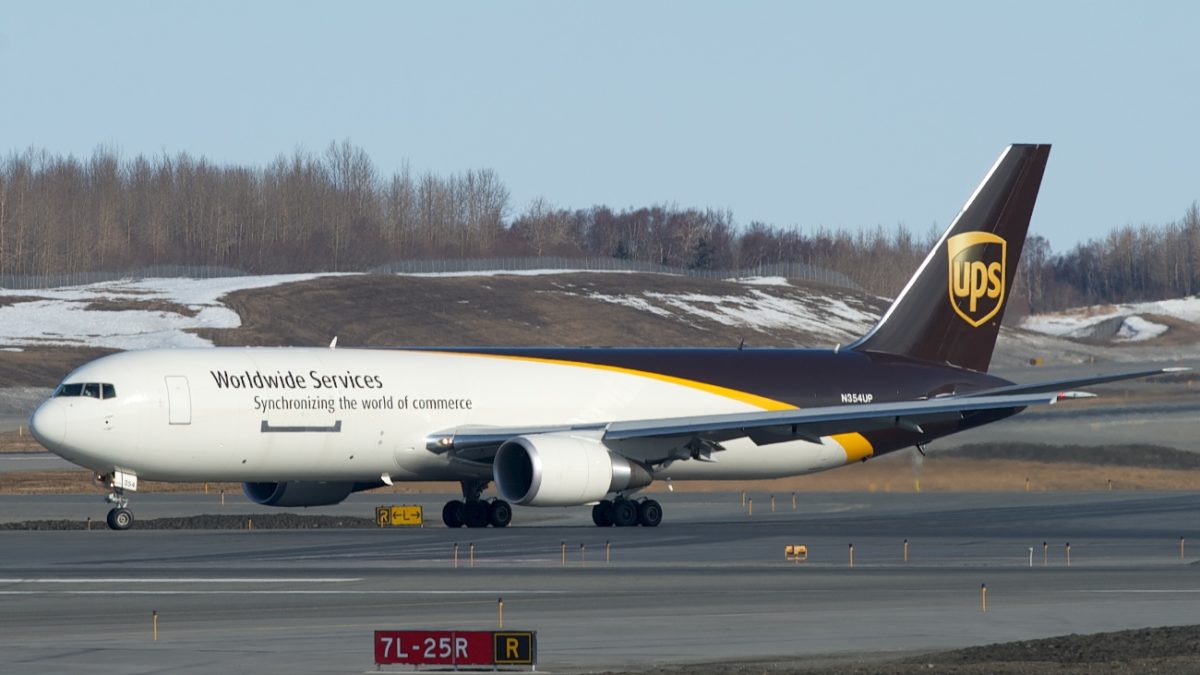It has been uncovered that Boeing is currently studying new engines for the 767 Freighter, with discussions also being held about passenger models.
FlightGlobal was the first to learn about the study, which currently exists under the project name “767-XF”, and is aimed at boosting efficiency of an existing platform for continued cargo use in the future.
The aircraft proposal is based on the 767-400ER and would be powered by two General Electric GEnx engines. To compensate for the larger engines a new taller landing gear would be implemented into the 767 design.

Since Boeing already produces the new 767-300 Freighters for UPS and FedEx, as well as the military KC-46 tankers, the introduction of a 767-X would see minimal impact to the existing production systems.
This is partly due to Boeing targeting an absolute basic re-engine scheme, with no major structural changes to the airframe. The 767-XF would even use the existing forward cargo maindeck door found on the 767-300F.
Boeing already has a modern cockpit available for the 767, which bares similarity to the 787 and 737 MAX platforms with its large format displays.

Just like previous 767 variants the fight control system would likely remain fly-by-cable, with only electronically controlled spoilers; mainly due to the significant amount of work required to convert to a fly-by-wire system and the retraining aspects.
Should Boeing secure interest in the project, and possibly orders for a launch, the company would target a service entry somewhere in the mid-2020s.
Perhaps the most significant part about this story is Boeing’s study into a potential passenger variant of the 767-X, this would be a cheap alternative to developing a clean sheet new midsize airplane (NMA).
For quite some time now, Boeing has been studying whether they should go all in with a new aircraft to counter Airbus’ A321XLR and A330neo offerings for the middle of the market segment.

FlightGlobal notes that, if Boeing were to launch the 767-X instead of a new aircraft the cheap and low-risk product would allow financial and engineering resources to be poured into a future 737 replacement.
With the 737 MAX in its current situation, this would be a viable idea to secure the fate of the company’s narrow-body success stories and would put Airbus in a tight situation.
When contacted by FlightGlobal, Boeing declined to comment on the project but added that they are “always studying the marketplace and looking at how we can best serve our customers”.
Boeing is still receiving orders for the 767 Freighter so there is still demand in the platform, which was first introduced to the world in 1982 when United Airlines first took delivery.
Since then, Boeing has delivered 1,165 aircraft with their current backlog sitting at 105 orders; consisting of 60 767-300 Freighters and 45 767-2C tankers for the United States Air Force and Japan.

Similar projects to this study include the 737 MAX and 777X programs, which involved taking an old airframe design and modernising it to a certain extent.
In terms of the 777X, Boeing opted to perform a variety of changes such as designing a new composite wing with folding wing tips, installing larger cabin windows and implementing new avionics.
The 737 MAX is perhaps a case of one stretch too far, after Boeing opted for engines so large they had to be mounted high and forward of the wing causing unpleasant handling characteristics.
Consequently, the Manoeuvring Characteristics Augmentation System (MCAS) was added to the aircraft; however due to significant design flaws, this resulted in the death of 346 people.
What are your thoughts on the 767-X project?




